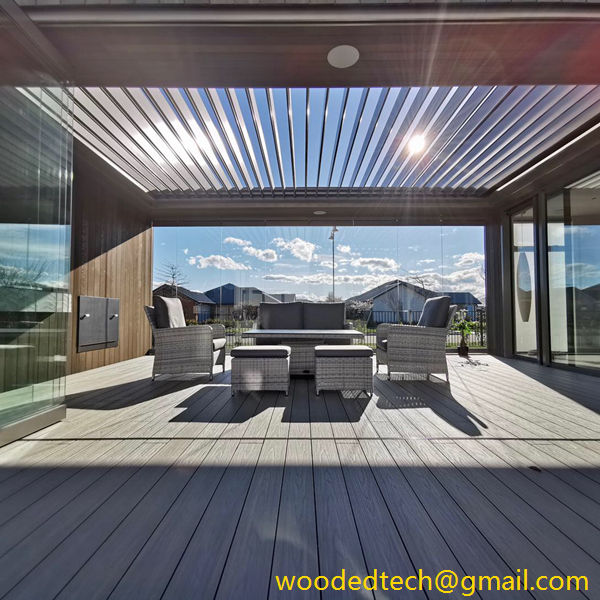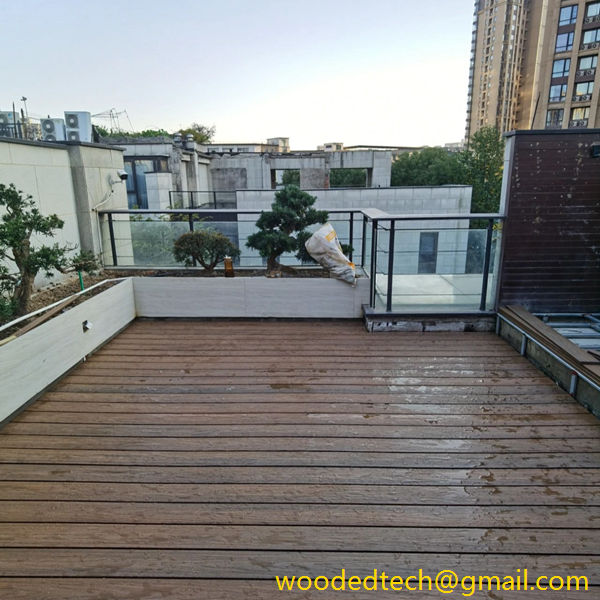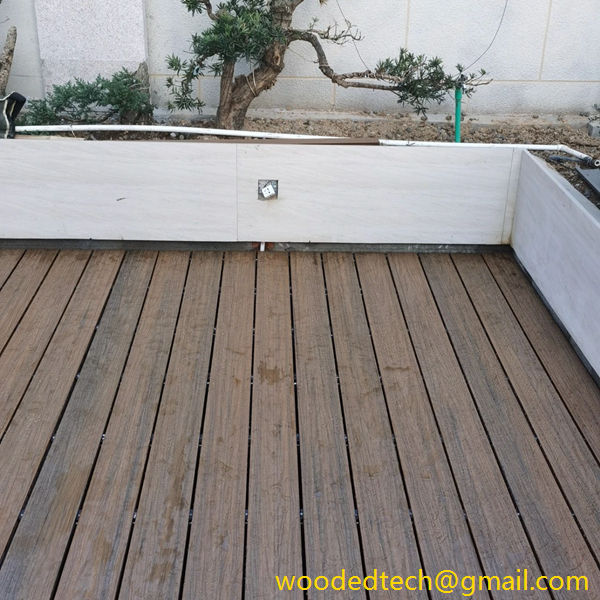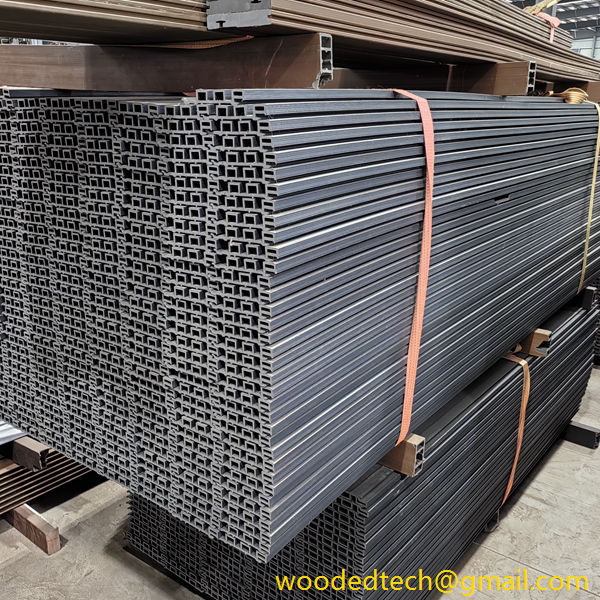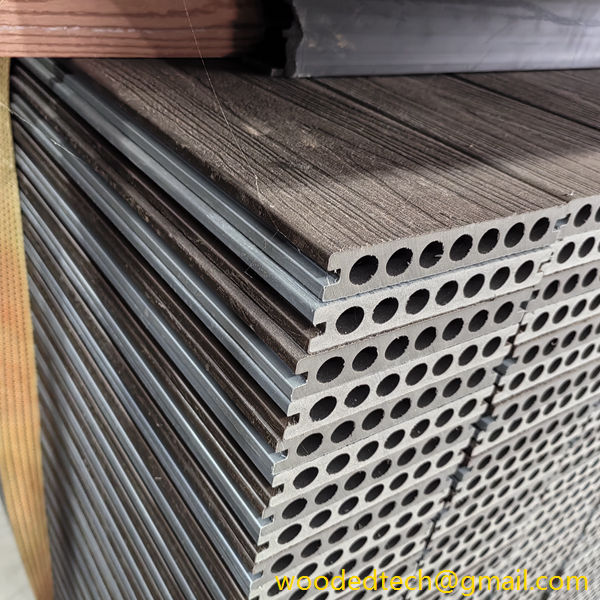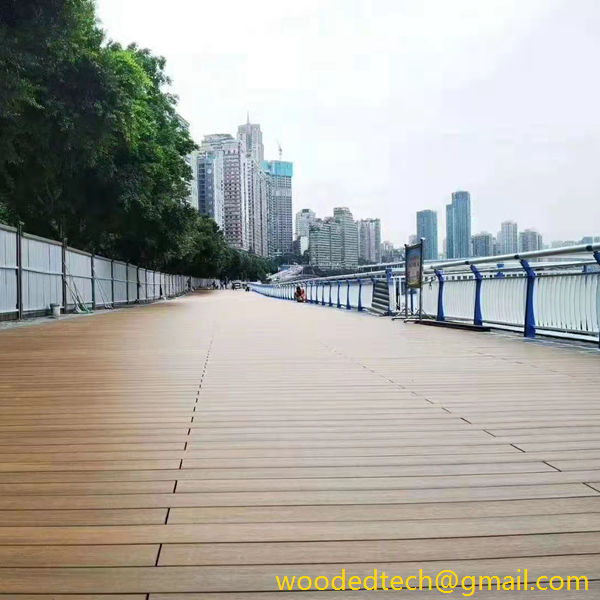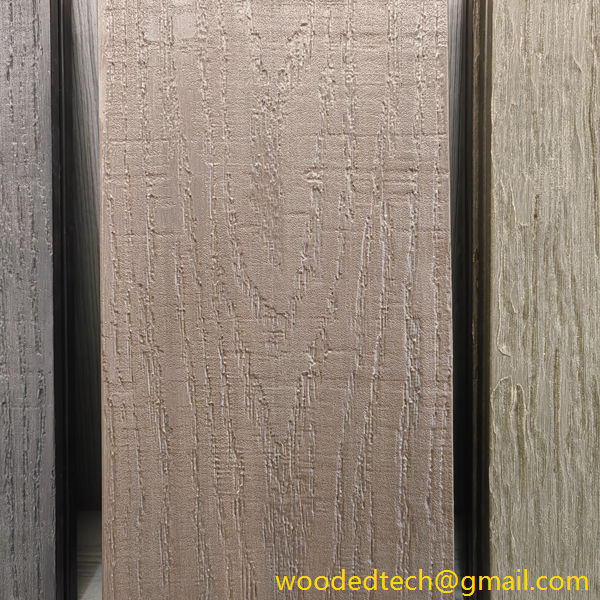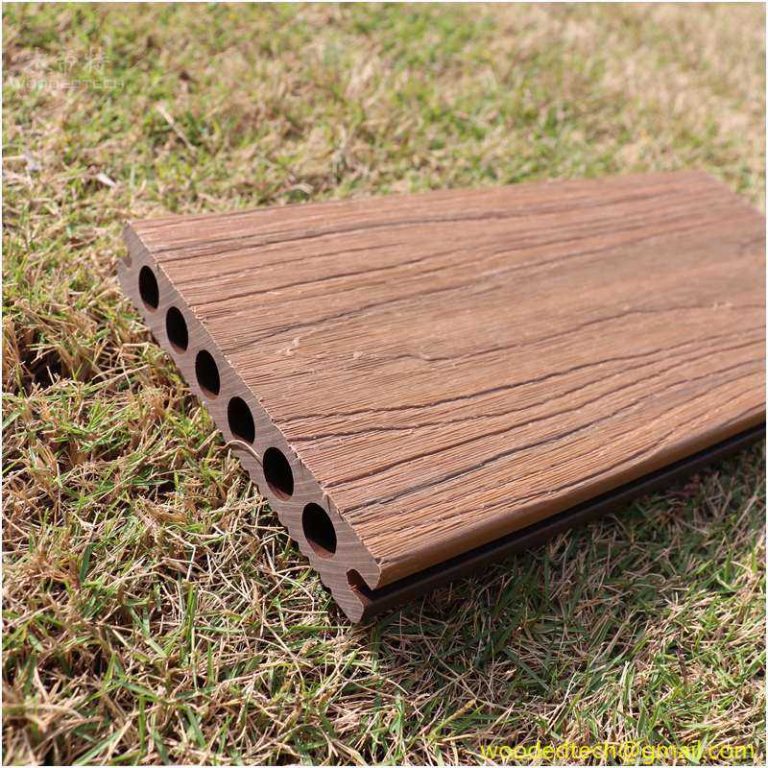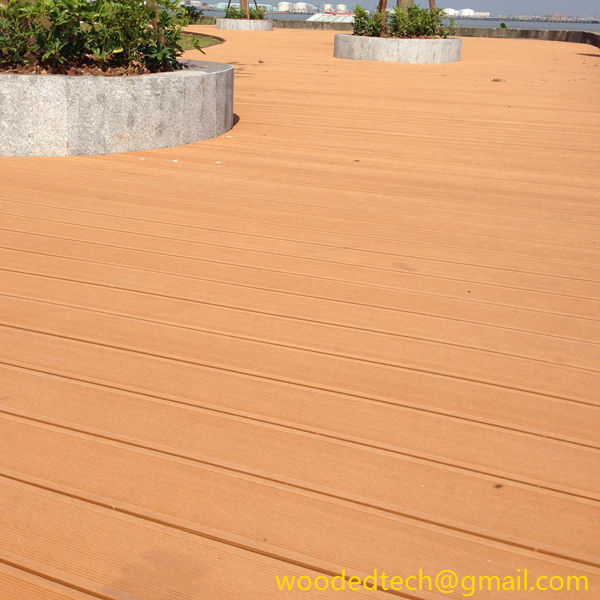Understanding WPC Decking Meaning and Its Advantages for Homeowners
Understanding WPC Decking Meaning and Its Advantages for Homeowners WPC decking, or Wood Plastic Composite decking, is a modern building material that has gained substantial popularity in recent years, especially among homeowners looking to enhance their outdoor spaces. This innovative product combines the best features of wood and plastic, resulting in a versatile and durable…
Understanding WPC Decking Meaning and Its Advantages for Homeowners
WPC decking, or Wood Plastic Composite decking, is a modern building material that has gained substantial popularity in recent years, especially among homeowners looking to enhance their outdoor spaces. This innovative product combines the best features of wood and plastic, resulting in a versatile and durable solution for decking that offers a range of advantages over traditional wood decking. Understanding WPC decking, its composition, and its numerous benefits can help homeowners make informed decisions when planning their outdoor areas.
To begin with, WPC decking is made from a blend of wood fibers and plastic polymers. This unique combination results in a product that mimics the appearance of natural wood while providing enhanced durability and resistance to environmental factors. The wood fibers can come from a variety of sources, including recycled wood and sawdust, making WPC a more sustainable option compared to traditional lumber. The plastic component, often made from recycled materials as well, contributes to the overall strength and longevity of the decking, making it an environmentally friendly choice for homeowners who are conscious of their ecological footprint.
One of the most significant advantages of WPC decking is its low maintenance requirements. Unlike traditional wood decks that often require regular staining, sealing, and repainting to maintain their appearance and protect against the elements, WPC decking needs minimal upkeep. Homeowners can enjoy their outdoor spaces without the constant worry of maintenance tasks, as WPC is resistant to fading, staining, and scratching. A simple cleaning with soap and water is usually sufficient to keep WPC decking looking its best, allowing homeowners to spend more time enjoying their decks rather than maintaining them.
Another benefit of WPC decking is its resistance to rot and insect damage. Traditional wood decks are susceptible to moisture, which can lead to rot and decay over time. Additionally, wood is often a target for insects such as termites, which can cause significant structural damage. In contrast, WPC decking is engineered to withstand these common issues. The plastic component of WPC decking makes it impervious to moisture, while the composite nature of the material means it is less appealing to insects. This resistance translates into a longer lifespan for WPC decking, making it a wise investment for homeowners looking to build or renovate their outdoor spaces.
Aesthetic versatility is another notable advantage of WPC decking. Homeowners can choose from a wide range of colors, textures, and finishes, allowing them to customize their decks to suit their personal style and complement their home’s architecture. Whether one prefers the look of natural wood or a more contemporary finish, WPC decking can be tailored to meet various design preferences. This versatility means that homeowners can create outdoor spaces that are not only functional but also visually appealing.
In addition to aesthetic choices, WPC decking is also available in various profiles and sizes, providing homeowners with flexibility in design. Whether you are looking for wide planks for a more spacious feel or narrower boards for a more traditional look, there is a WPC option to suit every taste. Moreover, many manufacturers offer additional features such as hidden fasteners and grooved edges, which contribute to a cleaner and more seamless appearance.
Safety is another critical consideration for homeowners when selecting decking materials. WPC decking typically provides a slip-resistant surface, making it a safer option for families with children or pets. Many products are designed with textured surfaces to enhance grip, reducing the risk of slips and falls, particularly in wet conditions. Additionally, WPC decking does not splinter like traditional wood, providing a smoother surface that is comfortable to walk on and play on.
Environmental sustainability is increasingly important to many homeowners today, and WPC decking aligns with these values. As mentioned earlier, WPC is often made from recycled materials, reducing the demand for virgin timber and minimizing deforestation. Furthermore, the longevity and low maintenance of WPC decking contribute to its sustainability profile, as fewer resources are needed for upkeep and replacement over time. By choosing WPC decking, homeowners can enjoy their outdoor spaces while also making a positive impact on the environment.
In conclusion, WPC decking offers a range of advantages that make it an appealing choice for homeowners looking to enhance their outdoor areas. Its unique composition of wood fibers and plastic polymers results in a material that is durable, low maintenance, and resistant to rot and insect damage. The aesthetic versatility and safety features further add to its appeal, allowing homeowners to create beautiful and functional outdoor spaces. Additionally, WPC decking aligns with sustainability goals, making it an environmentally responsible choice. As homeowners seek to invest in their properties and create enjoyable outdoor environments, WPC decking stands out as a modern solution that meets their diverse needs and preferences.

